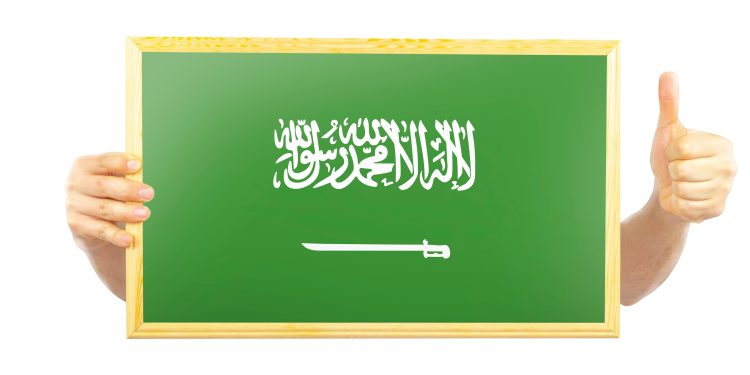The cornerstone of Saudi Vision 2030 is the expansion and fortification of the kingdom’s financial sector, with a prominent aim to heighten the role of international investors in Saudi capital markets.
This discourse delves into the transformative journey of Saudi Arabia’s equity market over the past five years following its integration into the MSCI Emerging Markets (EM) Index, exploring the potential that lies ahead for investors, particularly those from abroad, as they navigate the Saudi market’s opportunities, risks, and obstacles.
Upon consultation with global investment entities, MSCI incorporated Saudi Arabia into the MSCI Emerging Markets Index, and subsequently, the MSCI ACWI Index, in two stages during the May and August 2019 index revisions. This decision was predicated on several market enhancements that facilitated better access for international investors to Saudi Arabia’s equity market.
Since these inclusions in May 2019, the MSCI Saudi Arabia Indexes, including the MSCI Tadawul 30 and the MSCI Saudi Arabia Investable Market Index (IMI), have exhibited superior performance compared to the MSCI Emerging Markets IMI. Notably, the MSCI Tadawul 30 Index, a collaboration between MSCI and the Saudi Stock Exchange (Tadawul), represents the top 30 securities in terms of liquidity and international investability.
Enhancements in the MSCI Saudi Arabia IMI have broadened the array of constituents, growing from 70 to 123 securities, and marked a slight diversification in the types of companies indexed. While initially devoid of information technology firms, the index now boasts four, with financials and materials remaining the dominant sectors. Notwithstanding the inclusion of prominent energy companies like Saudi Aramco, foreign ownership in this pivotal sector remains modest.
As of mid-2024, Saudi Arabia has risen in stature within the EM landscape, climbing from 11th to 6th by free-float-adjusted market capitalization, representing 4% of the MSCI Emerging Markets Index. Should full market capitalization be considered, Saudi Arabia could rank as the third-largest EM country.
One significant trend over the past five years is the surge in foreign stakeholder engagement within the Saudi capital markets, with ownership by international investors multiplying over fourfold. The introduction of the Qualified Foreign Investor program in June 2015 and subsequent efforts by the Capital Market Authority have fueled this uptick, despite certain ownership restrictions and informational barriers.
Two critical initiatives, Vision 2030 and the Saudi Green Initiative, are poised to reshape the kingdom’s economy. Vision 2030 promises substantial investment across myriad sectors, while the Green Initiative sets forth ambitious emissions-reduction targets. Despite a stagnant carbon footprint, there has been an uptick in revenues from green technologies. In the context of non-oil GDP growth and the increasing allure for foreign investors, these initiatives could significantly influence the future of Saudi equities.


